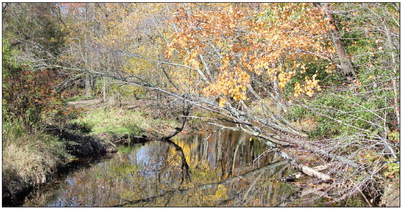Fenwood watershed results fall short


County gets to about half of phosphorus reduction goal
An $805,000 grant-funded county program to reduce phosphorus and soil sediment run-off w...


County gets to about half of phosphorus reduction goal
An $805,000 grant-funded county program to reduce phosphorus and soil sediment run-off w...